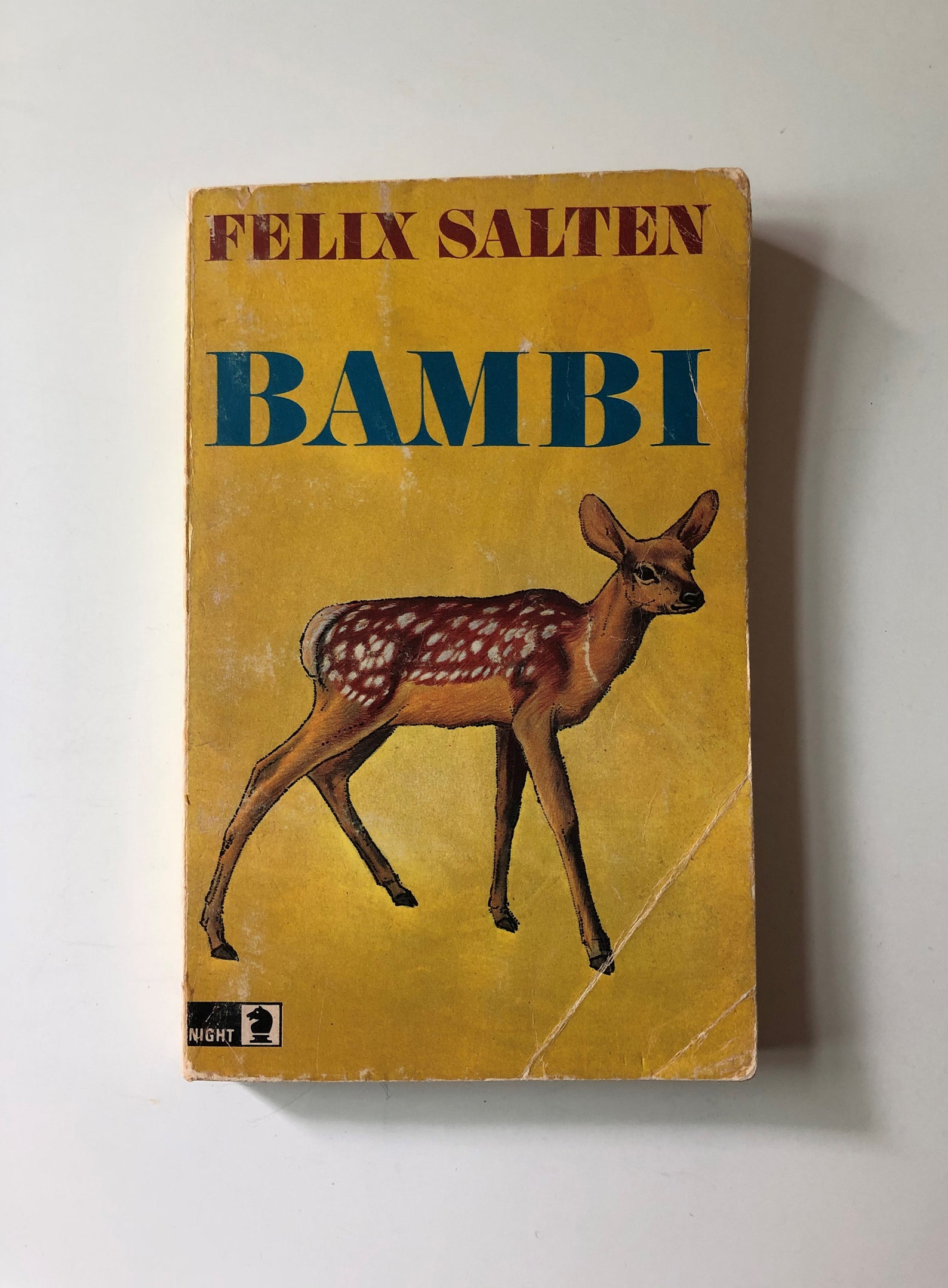

One of the deer uses the loaded verb verfolgen to ask whether humans and deer might get along: “Will they ever stop persecuting us?” When another deer answers that “reconciliation” with humans will eventually come about, Old Nettla, a third deer with vastly more experience of the world, will have none of it. Likening Bambi to Kafka’s talking-ape story “A Report to an Academy,” Bruce claims that Salten’s work, too, is a critique of assimilation.

Salten’s suggestive phrase for butterflies is “wandering flowers,” and Bambi describes them elsewhere as “beautiful losers” who have to keep moving, “because the best spots have already been taken.” Bruce stresses, as well, that the culture of the deer develops around the fact of their victimization: They tell their children tales that “are always full of horror and misery.” In an essay published in 2003, Iris Bruce argues broadly that the novel evokes the “experience of exclusion and discrimination.” But she also pays close attention to its language. It was not until a decade ago, however, that an actual reading of the “Zionist overtones” in Bambi was proposed. With captivating drawings by award-winning artist Alenka Sottler, The Original Bambi captures the emotional impact and rich meanings of a celebrated story.Was Bambi Jewish? It sounds like the setup to an unfunny Family Guy joke, but it’s actually the fascinating argument put forth by Paul Reitter, an author and professor at Ohio State, in a newly published Jewish Review of Books piece entitled “Bambi’s Jewish Roots.” The piece explores the background of Bambi’s author Felix Salten and convincingly argues that Salten’s original Bambi novel was an allegory for anti-Semitism: Jack Zipes’s introduction traces the history of the book’s reception and explores the tensions that Salten experienced in his own life-as a hunter who also loved animals, and as an Austrian Jew who sought acceptance in Viennese society even as he faced persecution. Life in the forest is dangerous and precarious, and Bambi learns important lessons about survival as he grows to become a strong, heroic stag. Originally published in 1923, Salten’s story is more somber than the adaptations that followed it. This masterful new translation gives contemporary readers a fresh perspective on this moving allegorical tale and provides important details about its creator. Most of us think we know the story of Bambi-but do we? The Original Bambi is an all-new, illustrated translation of a literary classic that presents the story as it was meant to be told.įor decades, readers’ images of Bambi have been shaped by the 1942 Walt Disney film-an idealized look at a fawn who represents nature’s innocence-which was based on a 1928 English translation of a novel by the Austrian Jewish writer Felix Salten.


 0 kommentar(er)
0 kommentar(er)
